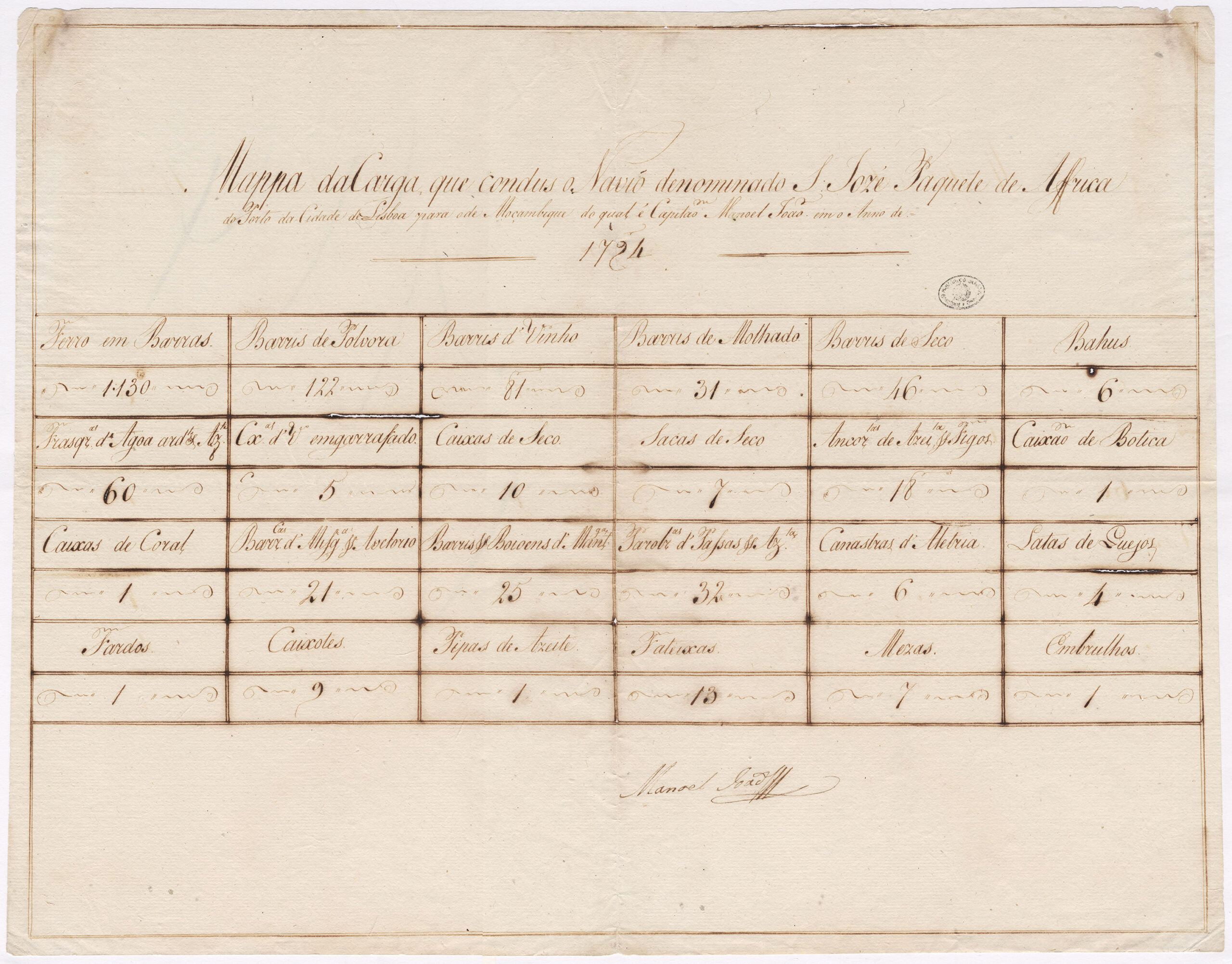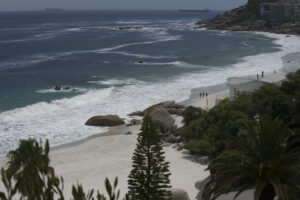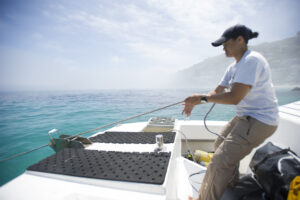South Africa
Launched in 2008, what became the Slave Wrecks Project was initially focused on several sites in southern Africa. One of these sites resulted in the identification and excavation of the São José Paquete D’Africa, one of the first known ships that foundered with enslaved Africans on board to be identified, archaeologically documented, excavated, and conserved. The SWP and its collaborators continue to identify, explore, and document other ships in South Africa that bring the stories of the enslaved back into memory.

Launched in 2008, what became the Slave Wrecks Project (SWP) was initially focused on several sites in southern Africa. One of these sites resulted in the identification and excavation of the São José Paquete D’Africa, one of the first known ships that foundered with enslaved Africans on board to be identified, archaeologically documented, excavated, and conserved. The SWP and its collaborators continue to identify, explore, and document other ships in South Africa that bring the stories of the enslaved back into memory.
The São José wrecked in 1794 while carrying enslaved people from Mozambique en route to Brazil. A growing network of researchers has pursued the São José’s evolving story across archives in South Africa and in other sites in Brazil, Portugal, Mozambique, and the Netherlands—revealing the slave trade’s global connections and reach through this one story.

The Manifest of the São José. Note the number of Iron Ballasts onboard. Courtesy of Arquivo Historico Ultramarino, Lisbon, Portugal
Read more about the ongoing archival research into the Portuguese owner of the São José on our blog.
On 2 June 2015, soil from Mozambique that had been entrusted by the traditional chief of Mossuril, Mozambique, Evano Nhogache, to NMAAHC founding director Lonnie Bunch, was deposited on the São José wreck site during a solemn memorial ceremony honoring those who lost their lives. This ceremony commemorated those survivors who were subsequently sold into slavery, and brought their story back into public memory. NMAAHC and Iziko have subsequently worked closely together to develop landmark exhibits that have brought this story to a global audience—including the millions of people who have visited the SI-NMAAHC in Washington, D.C., U.S.A., since it was opened in 2016, or the Iziko’s Slave Lodge exhibit in Cape Town, South Africa.

Evano Nhogache, traditional community leader of Mossuril, Mozambique, entrusting soil to NMAAHC founding director Lonnie Bunch, at a ceremony honoring the captives aboard the São José, 2015. Photo by Kamau Sadiki.
Bring this soil and deposit it at the site of the wreck. It will help to reconnect our ancestors who were taken from here to their home. Look into our faces. Do you see us? Surely amongst the fallen were those who were guardians of these same communities. Tell our ancestors that their people are still being cared for by those of us here who are standing here today.
Evano Nhogache, traditional leader from Mossuril, Mozambique, who entrusted SWP to deposit soil from the site of the ship’s embarkation to the wreck site

Evano Ngoache entrusting soil from Mozambique to Smithsonian Secretary Lonnie Bunch in to deposit at the wreck site of the São José, 2015. Photo by Kamau Sadiki
Iziko has led a coalition of other SWP partners in South Africa, including the African Centre for Heritage Activities (ACHA) and the South African Heritage Resources Agency (SAHRA) in supporting SWP training and research efforts globally—and particularly across Africa. SWP’s South African partners have organized conservation training workshops, supported research interns from other countries, and provided vital technical assistance in maritime surveys, site documentation, and archeological conservation in places such as Senegal and Mozambique. Iziko and ACHA have also collaborated on a variety of initiatives to engage local descendant communities, and with local schools and community organizations within South Africa.
Led by these South African partners, SWP continues research and conservation work on the São José site and story, and prospective work investigating other vessels. Current work is underway investigating the ships Meermin and LaCybele, which speak to the broader history of the slave trade and enduring legacies for and in post-apartheid South Africa.
Learn more about the São José by watching the video below!












